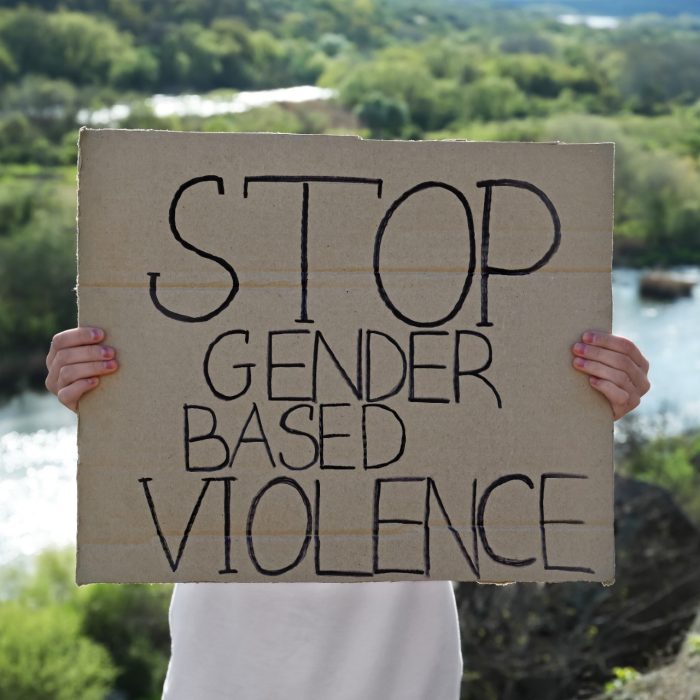According to the 2021-22 Personal Safety Survey, around 1 in 6 women and 1 in 18 men have experienced some form of physical or sexual violence at the hands of a current or previous cohabitating partner since the age of 15. GVRN are committed to producing research and conducting training and consultancy that aims to prevent and respond to domestic and family violence in workplaces, universities, homes and in society broadly.
Spotlight on our research
Co-occurrence of domestic and family violence and child sexual abuse
Research on the overlap between domestic and family violence (DFV) and child sexual abuse (CSA) is limited, with varying co-occurrence rates from 12% to 70%, and this review aims to systematically examine existing studies to understand the wide variation in prevalence rates.
Download the fact sheet
Improving legal, policy and practice responses to the intersection of domestic violence perpetration and child sexual abuse offending
This project will provide essential insights into the challenges of responding effectively to the intersections of domestic and family violence (DFV) and familial child sexual abuse (CSA). DFV perpetrators are at increased risk of sexually abusing their children, however, responses to DFV and CSA are siloed and lack coordination.
Learn more
Financial Institutional Responses to Economic and Financial Abuse
GVRN has worked with the Commonwealth Bank to develop a series of papers understanding economic and financial abuse.
These papers covered the following topics:
Report one: Understanding Economic and Financial Abuse in Intimate Partner Relationships
The first research paper in the series sheds light on the prevalence, definition and impact of economic and financial abuse. The paper identifies how financial institutions and other organisations can better address economic and financial abuse through customer support measures.
Download a copy of the report
Report two: Understanding Economic and Financial Abuse in First Nations Communities
The second research paper builds upon the findings of the first paper by considering how experiences of economic and financial abuse are informed by cultural context with a focus on First Nations Communities.
Download a copy of the report
Report three: Understanding Economic and Financial Abuse Across Cultural Contexts
The third research paper examines the available research on economic and financial abuse in diverse cultural contexts and how it may be perpetrated within specific cultural communities.
Download a copy of the report
Report four: Understanding Economic and Financial Abuse and Disability in the Context of Domestic and Family Violence
The fourth research paper examines the existing research on disability, economic and financial abuse. The paper focuses specifically on abuse occurring in the context of domestic and family violence, and notes the need for further research focused on the experiences of people with disability in this context.
Download a copy of the report
Report five: Understanding Economic and Financial Abuse and Older People in the Context of Domestic and Family Violence
The fifth research paper in the series analyses existing research on older people, economic and financial abuse. It identifies a gap in the evidence base relating to the perpetration of economic and financial abuse against older people specifically in the context of domestic and family violence.
Download a copy of the report
Report six: Legal responses to economic and financial abuse in the context of intimate partner violence
This report focuses on legal responses to economic and financial abuse in criminal, family and migration law – three areas of law with significant implications for victim-survivors experiencing financial abuse by an intimate partner.
Download a copy of the report
National Audit of Safe at Home Projects and Development of a National Best Practice Framework
GVRN was commissioned by the Commonwealth Department of Social Services to undertake a national audit and evaluation of the services funded by the Commonwealth Keeping Women Safe in Their Homes initiative, and the existing Safe at Home responses provided by states and territories. These programs aimed to assist women and their children to remain safely in their home and community, or the home and community of their choice, after leaving a violent relationship. The culmination of this work was the development of the Safe at Home Operational Framework which outlined best practice principles and elements of Safe at Home responses and promoted this be consistently applied across Australian jurisdictions.
Partnership with Allianz Insurance
Since 2020, GVRN has partnered with Allianz Insurance to research and understand the link between motor vehicles, insurance and domestic & family violence. We produced two major reports:
- Understanding family violence and the risks of insurance;
- Understanding family violence and the role of the car and insurance

